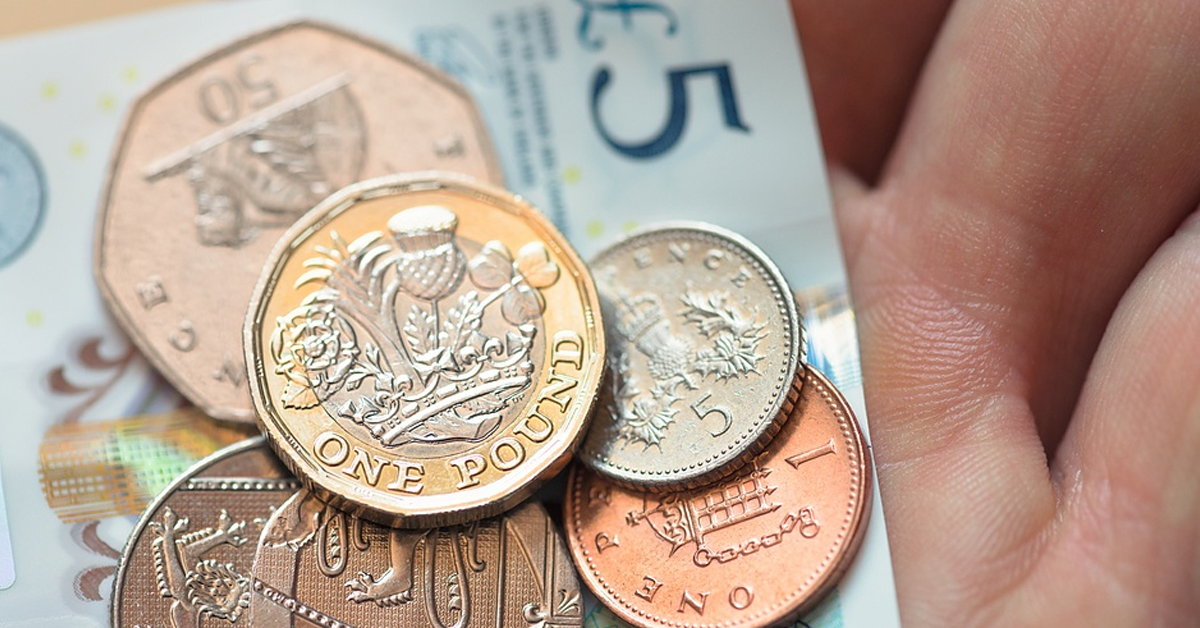GBP/USD Rises to 1.2650 Amid Hawkish BoE and Weaker US Dollar
As the Forex market opened in Asia on Friday, the British Pound (GBP) reclaimed its poise against the US Dollar (USD), with the GBP/USD exchange rate ascending to the 1.2650 mark. This resurgence is largely attributed to a combination of the Bank of England’s (BoE) unwavering hawkish stance and a retreat in US Dollar strength, as evidenced by declining US Treasury yields.
The week has been marked by a series of robust messages from the BoE, with officials signaling a firm commitment to tackling soaring inflation rates, which currently sit more than double the central bank’s target. This steadfast approach has fueled speculation that UK interest rates could remain at their elevated levels for a more prolonged period than previously anticipated. Megan Greene, a key figure at the BoE, has publicly voiced her concerns regarding the persistent inflationary pressures, suggesting that such economic conditions warrant a sustained high-interest rate environment to stabilize prices.
This hawkish sentiment from the BoE starkly contrasts with some emerging data hinting at a potential slowdown in economic activity, presenting a complex backdrop for traders and policymakers alike. Despite these mixed signals, the immediate market reaction has been favorable for the Pound, as traders digest the implications of prolonged high-interest rates on currency valuations.
Meanwhile, the US Dollar has faced its own set of challenges. The Dollar Index (DXY), which tracks the Greenback against a basket of other major currencies, has seen a dip to 103.30, down from a recent spike to 103.59. This comes amid a notable decrease in the 2-year US Bond yield to 4.67%. The DXY’s decline is reflective of the broader market recalibration in the face of new economic data and shifting interest rate expectations.
In the United States, the Core Personal Consumption Expenditures Price Index (PCE), the Federal Reserve’s preferred gauge for inflation, softened to an annual increase of 3.5% in October, aligning with market forecasts and down from the previous 3.7%. On a monthly basis, the Core PCE edged down slightly, indicating a possible easing of inflationary pressures. Concurrently, Initial Jobless Claims data showed a minor dip, suggesting a still resilient labor market.
Investors are now poised for a slew of economic reports, including the latest UK Housing Price data and the US ISM Manufacturing PMI for November, which will provide further insights into the health of both economies. Adding to this anticipation is the upcoming speech by US Federal Reserve Chair Jerome Powell, whose remarks are keenly awaited for any signals on the Fed’s future monetary policy path.
The interplay of these economic indicators and policy signals will be critical for Forex traders as they navigate the complexities of the market. The GBP/USD pair, in particular, will likely continue to reflect the broader economic narratives and central bank policies from both sides of the Atlantic, serving as a barometer for shifts in global market sentiment.

.webp)




